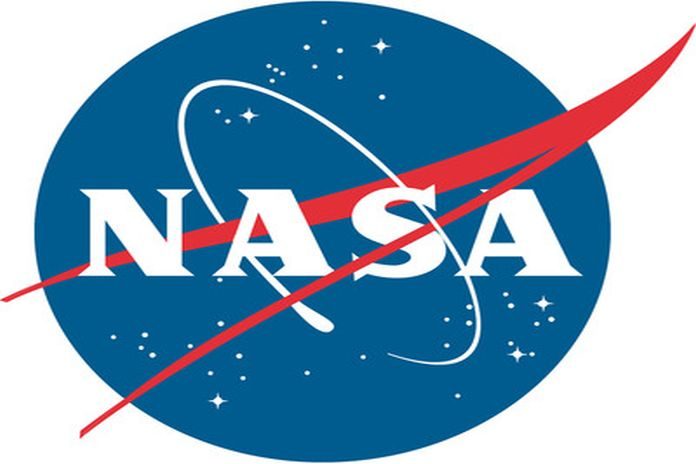WASHINGTON, USA – Reporters are invited to see NASA and its partners test a motor on the Orion spacecraft’s launch abort system. The test will take place Tuesday, February 25 at Northrop Grumman’s test site in Elkton, Maryland. Northrop Grumman postponed the previously scheduled test as a precaution due to the threat of severe weather in the area.
The test will qualify the attitude control motor (ACM) for human missions beginning on Artemis II, Orion’s first mission with astronauts. During this third and final test, eight high pressure valves will direct more than 7,000 pounds of thrust generated by the solid rocket motor in multiple directions while firing at freezing conditions.
Media can watch the test on a monitor from an indoor viewing location and interview an astronaut plus NASA and contractor leaders. Additionally, they will have an opportunity to learn about the test and its significance to NASA’s Moon and Mars exploration plans under the Artemis program. Imagery will be available following the test.
Reporters wishing to attend must request accreditation by 5 p.m. EST, Friday, February 21, from Northrop Grumman’s Melissa Sheets: 410-864-4970 or Melissa.sheets@ngc.com
The ACM is one of three motors comprising Orion’s launch abort system, and is built by Northrop Grumman under a contract with Lockheed Martin, NASA’s prime contractor for Orion. The system is designed to carry astronauts inside the spacecraft to safety in case of an emergency on the launch pad or during Orion’s climb to orbit atop the agency’s Space Launch System rocket. In the unlikely event of an abort, the attitude control motor would steer the Orion crew module away from the rocket. The ACM also orients the capsule for parachute deployment once the module is a safe distance away from the rocket.
Through Artemis, NASA will send the first woman and next man to the Moon by 2024, and establish sustainable exploration with its commercial and international partners by 2028. Orion will carry and sustain astronauts in deep space, provide emergency abort capability, and support safe re-entry at lunar return velocities.
For more information about the Orion spacecraft and its launch abort system, visit: https://www.nasa.gov/orion





